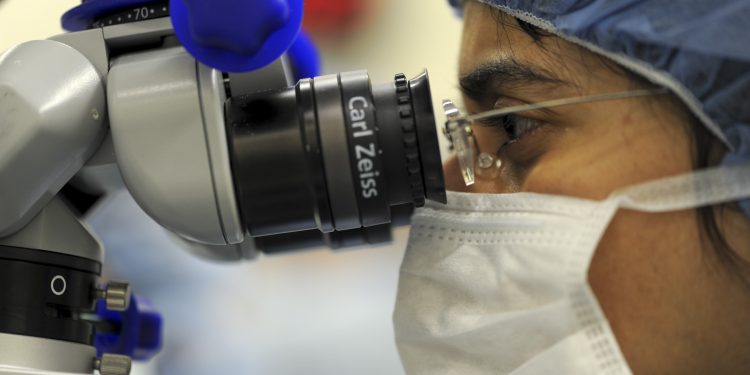How India’s Hospitals Are Transforming $100,000 Surgeries Into $800 Operations

Introduction
Imagine a hospital where a heart surgery would set you back only about US$1,600. The healthcare dreams of many people are being fulfilled at Narayana Health, a chain of hospitals offering complex surgeries like valve replacement at low lying costs. Headquartered in Bengaluru, India, they provide advanced levels of care in over 30 specialties, and also own the largest cardiatric care facility in the world. The mastermind behind this new wellness program is Dr. Devi Shetty, one of the world’s most famous heart surgeons. Winner of the Padma Bhushan award, India’s highest award for a civilian in 2012, Dr. Shetty has proved his expertise through the completion of numerous high risk surgeries and the first completion of neonatal surgery. As a philanthropist he created Narayana Health to target low cost health care, and made his dream a reality by cutting excess cost to treat some of his poorest patients for free. In fact, he has cut the price of artery-clearing coronary bypass surgery to US$1,583, half of what it was 20 years ago. A survey conducted over 11 U.S. hospitals shows the mean price for the same surgery to be around US$151,784. Even after you alter the surgery costs for India’s wages, Dr. Shetty’s procedures are much more economical. How could this be?
The Difference
There are numerous measures taken to achieve such low cost procedures. When you walk into a hospital in the U.S., it resembles a resort more closely than a hospital, and doctors are contently heedless of costs. By contrast, Indian hospitals waste less – for example, sterilizing and safely reusing many surgical products that are routinely discarded elsewhere after a single use. Buying supplies, the Narayana hospital group works like a large supermarket, purchasing expensive items such as heart valves in bulk.
Next, Indian hospitals also task shift, leaving routine procedures to lower skilled workers and expert operations left to professionals. With a shortage of skilled doctors, they created this system to keep up to the demand of the ever increasing number of patients. Doctors at these hospitals only have to focus on the most technical part of the operations which increases productivity massively, performing up to five or six surgeries per hour instead of the one to two surgeries common in other countries.
Finally, Indian hospitals also build smaller, rural hospitals which send people to major metro ones built nearby. This tightly coordinated web cuts costs by concentrating the most expensive equipment and expertise in the hub, rather than duplicating it in every village.
Importance In Our Society
Our health and well-being are the most important elements for longevity. Nowadays, maintaining health is a much more complex and potentially expensive task. Around a billion people cannot afford any health services, and paying for healthcare pushes about 100 million people a year into poverty, according to the World Health Organization. Fortunately, philanthropic endeavors like Dr. Shetty’s are changing the healthcare system, and many countries should learn from India’s medical management.
Have you ever wondered about the real cost of healthcare? Has Dr. Shetty inspired you to make a difference? Leave your ideas in the comments below.



